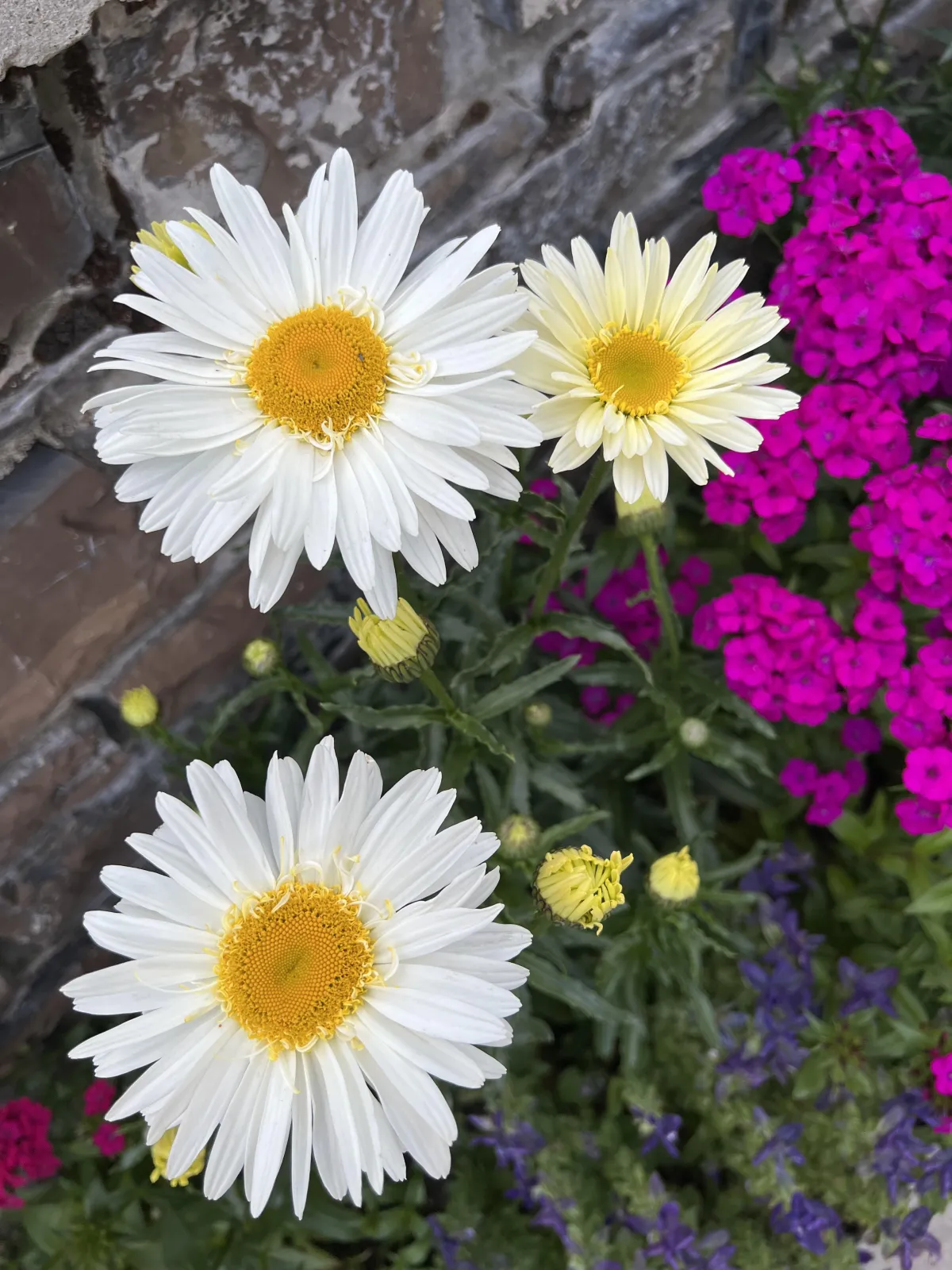Discover the Benefits waiting for You
The Informational and Educational Network For the Great Outdoors.
Sign up to receive a nature fact each week and learn more
about the benefits of the Great Outdoors!!
(send an email to [email protected] to sign up!)
Go Experience Nature provides information and education to help you enjoy the benefits of God's great outdoors. Creating a perception-altering, life-changing, healthier way to live.
Each tab reveals the benefits that Nature offers! Encouraging you to close your screens, connect with friends, and grow your own food regeneratively while relaxing in the Great Outdoors. Once you experience the beauty of God's presence in creation, you won't settle for anything less.

"Believe In What You See"
by Debbie Feyh
Believe In What You See is an inspirational guide that leads believers down a thoughtful path to see God's constant presence in nature and recognize that He is always providing comfort, hope, and unconditional love.
View the book trailer here.
Visit my author website and purchase my book here or from Amazon.
The companion journal, "My Diary of God's Presence," can be purchased here.
Enjoy this interview I had with Benji Cole from CBS Radio on People of Distinction - Citi of Books, Inc.
Feel free to share something you learned or enjoyed in a review on Amazon and let everyone know what you thought!


Where to Visit Nature
Take a road trip with your family or friends to witness amazing nature!
Nature is an inspiration for all of us. That feeling of awe you get when you spend time outside learning about the beauty of the Great Outdoors is stimulating. Click here for more Educational Facts About Nature.
Nature Experience Organizations
View a list of organizations that offer hunting, fishing and mentoring opportunities in the Great Outdoors! Nature holds nearly endless possibilities with benefits. Click here for a list of organizations that will encourage you to experience nature.

Nature's Process is
A Part of Your life
Seek the possibilities of a world you have lived in, but have never truly experienced.
Use the five senses you were gifted to experience events in nature you have never seen before. Soil, animals, plants, water, and you all have a specific purpose. All are repetitively connected to each other with a process.
Inspire the next generation of conservationists and outdoor caretakers (your kids). Fall in love with the glory of nature designed by the Almighty Creator.
"This is the day the Lord has made; let us rejoice and be glad in it." Psalm 118:24 .


Look around and explore!
Use the menu at top to explore many possibilities in nature. And don't forget to check out my weekly blog for more nature tips and inspiration.
The human connection is so vital to health and happiness! If you'd like to reach out, please visit the About page.
GoExperienceNature
26401 Fairfield Road, Alma, KS 66401
Copyright 2025 All Rights Reserved

Facebook
Instagram
WhatsApp